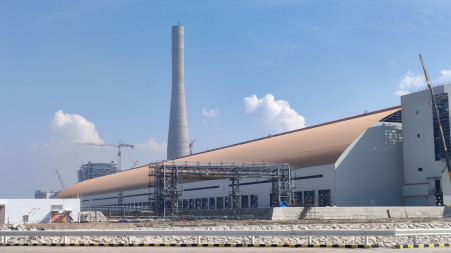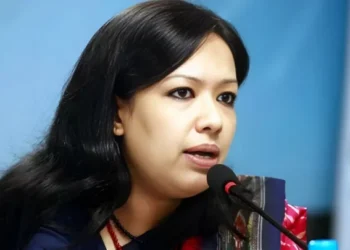In a major policy change, Bangladesh’s interim government has decided to bring back the cancelled Matarbari 1,200-megawatt coal-fired power plant (Phase-2) a project that was scrapped in 2021 over environmental concerns.
The decision came as the government realized that building this power plant now would cost much less than starting from scratch, thanks to the work already done during Phase-1. The Planning Commission approved the Preliminary Development Project Proposal (PDPP) on 25 May, and has asked the Economic Relations Division (ERD) to find financing partners.
Why the Coal-Fired Power Plant Project Was Cancelled Before
Back in 2021, the previous government cancelled the Phase-2 project along with nine other coal-based plants. Environmental activists had raised serious concerns about the environmental damage these plants could cause. In response, Japan International Cooperation Agency (JICA) also backed out from funding the project in 2022. However, a lot has changed since then.
What Changed the Government’s Mind?
One major reason is cost. Most of the land, infrastructure, and port facilities needed for Phase-2 were already built during Phase-1, which cost around Tk57,000 crore. Now, the new phase is expected to cost less than half of that around Tk25,114 crore.
Md Nazmul Haque the Project Director of the Matarbari coal power plant and Managing Director of Coal Power Generation Company Bangladesh Ltd (CPGCBL)told That-
“We did most of the work in Phase-1 while keeping Phase-2 in mind. That’s why this new phase will cost significantly less.”
Infrastructure Already in Place
The following work has already been completed:
-
Land for Phase-2 is fully prepared.
-
A coal unloading jetty is already built and ready.
-
Power block and coal yard are in place.
-
Environmental clearance (EIA) has been approved.
This means Phase-2 can begin quickly without the usual long delays of starting from scratch.
Who Will Pay for the Project?
The Planning Commission is now looking for new financiers. Talks are ongoing with Exim Bank of Korea and the New Development Bank (NDB). According to officials at the Power Division, NDB has already shown strong interest in funding the project.
Read More: Government to Temporarily Take Over Six Struggling Banks, Merger Set for July
The government has a plan to cover the Tk25,114 crore needed for Phase-2 like this:
-
Tk21,625 crore from development partners like NDB, Exim Bank of Korea, ADB, JBIC, World Bank, and others.
-
Tk2,879 crore from the Bangladesh government.
-
Tk609 crore from CPGCBL.
The government hopes to lock in a final financing deal soon.
Why the Government Thinks It’s the Right Move
According to the Power Division, electricity from coal is still cheaper than oil-based power. For example:
-
Matarbari Phase-1 costs about Tk8.45 per unit of electricity.
-
Oil-fired power plants cost Tk25–45 per unit—nearly 3 to 5 times more.
If Phase-2 is completed, both phases can share the same coal transport and unloading facilities, reducing the total cost even more. This will help ensure affordable electricity, which is important for both households and industries.
In a letter to the Planning Commission, the Power Division stated,
“Phase-2 will not only be cost-effective, but it will also improve energy security and help diversify the country’s fuel sources.”
A Quick Recap: The Story So Far
-
2021: Government cancelled Phase-2 due to environmental concerns.
-
2022: JICA withdrew financing.
-
April 2025: Power Division sends new proposal to Planning Commission.
-
25 May 2025: Planning Commission approves the new proposal and asks ERD to find financing partners.
-
Now: Talks underway with new financiers including NDB and Exim Bank of Korea.
The future of Matarbari Phase-2 now depends on securing financing. If successful, the revived project could become a game-changer for Bangladesh’s power sector—offering cheaper, more reliable electricity and making the most out of earlier investments.
However, challenges remain. Environmental concerns haven’t gone away, and Bangladesh must still balance its energy needs with sustainability goals. Still, this bold step by the interim government signals a shift toward cost efficiency and energy security.

















